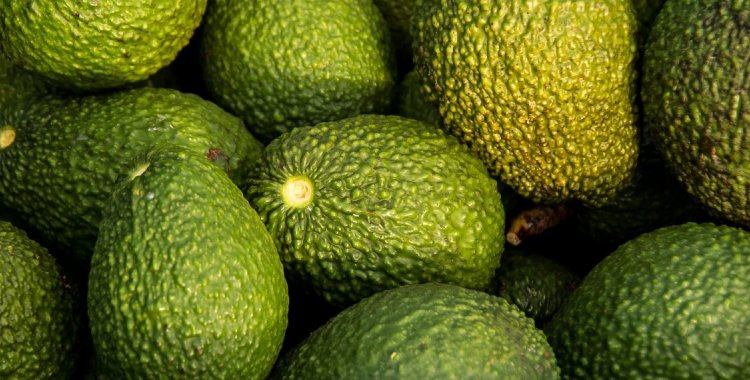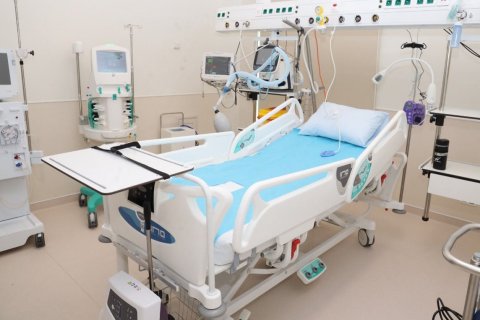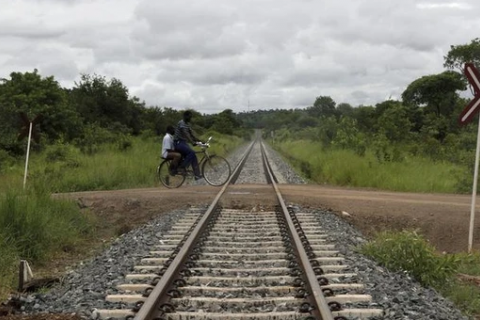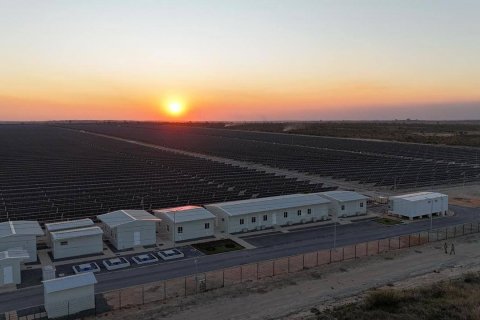The new chain should be integrated into the next phase of the program, which is currently being structured, Estevão Chaves said.
"Our future vision at PDAC is to introduce fruits and we are currently conducting a study on the avocado chain, thinking about the Lobito Corridor and integration with the Diversifica+ program, with a view to introducing the fruit chain for our beneficiaries," he explained, during a visit by a delegation of European Union ambassadors to the municipality of Chinguar (Bié).
"In the future, we really want to look at the issue of avocados, which is one of the focuses of the Lobito Corridor, to see if our beneficiaries can put avocados on the platform that is being built and export them," he added.
The investment is part of the government's policy of reconverting agri-food systems, which aims to diversify agricultural production and reduce dependence on monocultures such as corn, with fruit emerging as a cash crop with commercial value and export potential, which can strengthen food security and improve the incomes of rural families.
The PDAC, a project of the Ministry of Agriculture, financed by the World Bank and the French Development Agency, has already supported more than 525 business plans in six provinces – including Huambo and Bié, integrated into the Lobito Corridor railway route – and has more than 70 direct beneficiaries in the central region of Angola.
It currently includes 14 value chains, including corn, soybeans, beans, coffee, chicken, cassava, potatoes, eggs, wheat, rice, peanuts, goats and sheep.
The introduction of fruit should mark a new phase of the project and responds to the objective of the European Union and the Angolan authorities to enhance the agro-industrial potential of the railway corridor.
The Lobito Corridor, which is over 1,300 kilometres long, connects the port of Lobito, on the Atlantic coast, to eastern Angola and the border with the Democratic Republic of Congo (DRC), via a railway line.
It is considered a strategic infrastructure for the transport of minerals, but also for the distribution of agricultural products, and agro-industrial hubs are currently being created along its route.
The visit by the delegation of ambassadors from the European Union aims to strengthen cooperation in these provinces and showcase some of the projects financed with European funds.
This Tuesday in Chinguar, European diplomats met with farmers supported by PDAC, who explained how they increased productivity and were able to access bank credit.
PDAC operates through a logic of co-financing and risk reduction to attract commercial banks to the agricultural sector. "We are not a credit institution, but we are an entity that attracts credit", explained the project manager.
The model is based on pillars such as "matching grants" (co-participated financing) and technical support for producers, mechanisms that, according to Estevão Chaves, make the program particularly attractive for commercial banks, in a context in which access to agricultural credit is still limited in Angola.
In Huambo, European ambassador Rosário Bento Pais stressed that the EU invests not only in infrastructure, but also in economic diversification, education and good governance.
"May this Corridor be a good example and can support the development of others [in Africa]", she stated.







